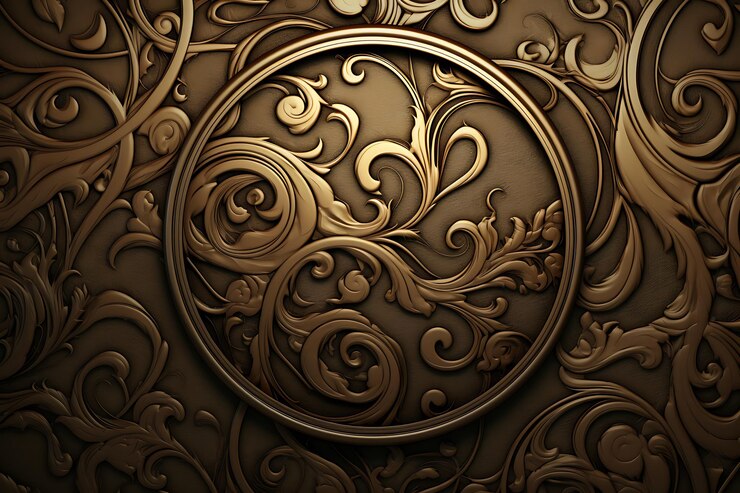Elegance in Alloy: Embrace the Timeless Brilliance of Brass"
Working For Solution
Brass is a metal alloy mainly composed of copper and zinc. The proportions of copper and zinc may vary to produce different kinds of Brass with other properties, which are typically yellowish in appearance. Due to its excellent mechanical and aesthetic qualities, Brass has been used for years in various applications and is the gold-like material we all know.
Brass may be finished in several different ways to improve its appearance or performance:
Polished: It gives the surface a bright, reflecting look
Satin: It produces a smooth effect that lacks shininess
Antique: A decorative finish that appears old-fashioned
Lacquered: It is frequently coated with lacquer to prevent tarnishing, thereby preserving its sheen.
Corrosion Resistance
This means that salt water does not corrode very much, allowing it to be used in marine applications.
Malleability and Ductility
Brass can be easily shaped into any form without breaking, making it the most versatile
Aesthetic Appeal
With its golden luster, decorative items such as musical instruments, architectural details, and jewelry can be made from Brass.
Acoustic Properties
This is one reason why trumpets, trombones, and saxophones are made of Brass.
Electrical Components
Decoration and Architecture: Its shiny yellow colour suits ideally such things like door handles, light fixtures, railings, etc., and so forth
Marine Hardware: Thus fitting on ships or underwater hulls like those of propellers is made from alloys resistant to saltwater corrosion, such as Brass
Brass may be finished in several different ways to improve its appearance or performance:
Polished: It gives the surface a bright, reflecting look
Satin: It produces a smooth effect that lacks shininess
Antique: A decorative finish that appears old-fashioned
Lacquered: It is frequently coated with lacquer to prevent tarnishing, thereby preserving its sheen.

Brass is a highly versatile metal alloy with excellent properties that make it suitable for many applications. The combination of features such as corrosion resistance, malleability, aesthetics, and antimicrobial properties accounts for its continued use within numerous industries, including plumbing, electrical engineering, music instruments, and architecture.
